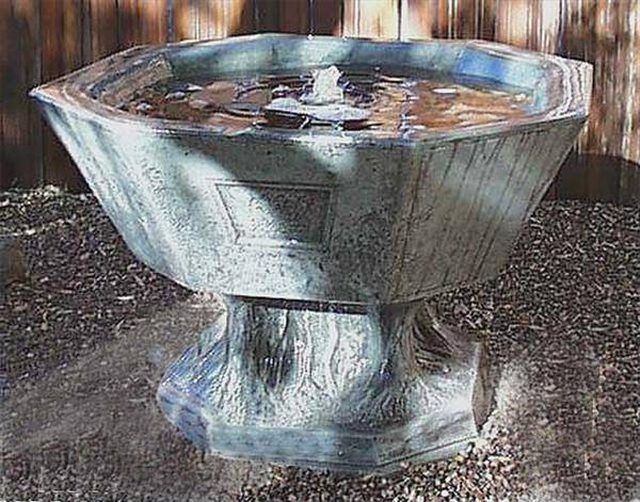Bulbs
Flower Basics
Flower Beds & Specialty Gardens
Flower Garden
Garden Furniture
Garden Gnomes
Garden Seeds
Garden Sheds
Garden Statues
Garden Tools & Supplies
Gardening Basics
Green & Organic
Groundcovers & Vines
Growing Annuals
Growing Basil
Growing Beans
Growing Berries
Growing Blueberries
Growing Cactus
Growing Corn
Growing Cotton
Growing Edibles
Growing Flowers
Growing Garlic
Growing Grapes
Growing Grass
Growing Herbs
Growing Jasmine
Growing Mint
Growing Mushrooms
Orchids
Growing Peanuts
Growing Perennials
Growing Plants
Growing Rosemary
Growing Roses
Growing Strawberries
Growing Sunflowers
Growing Thyme
Growing Tomatoes
Growing Tulips
Growing Vegetables
Herb Basics
Herb Garden
Indoor Growing
Landscaping Basics
Landscaping Patios
Landscaping Plants
Landscaping Shrubs
Landscaping Trees
Landscaping Walks & Pathways
Lawn Basics
Lawn Maintenance
Lawn Mowers
Lawn Ornaments
Lawn Planting
Lawn Tools
Outdoor Growing
Overall Landscape Planning
Pests, Weeds & Problems
Plant Basics
Rock Garden
Rose Garden
Shrubs
Soil
Specialty Gardens
Trees
Vegetable Garden
Yard Maintenance
What Is Cast Stone?
What Is Cast Stone?. Cast stone is a type of building material designed to imitate different types of real stone. Created in the middle ages, cast stone is now used throughout modern construction and, with the right ingredients, can resemble a wide variety of real minerals at a reduced cost and with greater strength.
Cast stone is a type of building material designed to imitate different types of real stone. Created in the middle ages, cast stone is now used throughout modern construction and, with the right ingredients, can resemble a wide variety of real minerals at a reduced cost and with greater strength.
The Facts
Cast stone was developed in medieval times as an artistic use of concrete. The mixture is made from normal cements, often with other stone pieces mixed in to give it a natural appearance, then set in very specific molds so the cement flows in specific designs. When the cement dries, it is taken from the mold and becomes cast stone. Cast stone is rarely used to build or reinforce, but rather to embellish and add extra appeal to the corners, edges or pillars of buildings. Certain types of cast stone are known to be stronger than average cement or concrete and can be used as building materials.

History
The use of cast stone began in the second century in Europe, where it was made specifically for castles and churches. The molds allowed masons to be much more precise in their sculpting and to repeat the same creation over and over again. As the centuries passed, cast stone become more popular as a component of manors and mansions, where builders used it to add designs to the corners of buildings or provide a stone sheet to cover brick walls. By the 1900s, cast stone was being created in with many different types of stone and used in a variety of construction projects.

Benefits
Cast stone is both strong and highly customizable. While the base ingredient of most cast stone is Portland cement, makers add a variety of other components, including sand, various grains of other minerals and even coloring pigments to change the color. As a result, cast stone can be made to resemble limestone, granite, quartz, blue stone, marble and many other types of real stone at a more affordable price. It can even replace brick or be molded into a brick pattern that looks authentic but lasts longer than real bricks. This makes cast stone a versatile substance that can be used throughout a building.
Considerations
Cast stone should not be confused with architectural precast concrete. They are used for similar projects, but the purpose of cast stone is to imitate or function as a type of real stone, while precast concrete is always concrete gray and made of similar materials. Precast concrete is a more affordable option, especially when decorating the outside of houses or buildings in which there is no need to replicate the look of a particular type of stone.
Identification
Cast stone is used wherever real stone may be inside and outside of homes. While real stone usually comes in slabs or as a highly polished whole, cast stone is only molded into patterns, and often cannot achieve the high gloss of real stone such as granite or marble unless it is glazed. Look for cast stone around fireplaces, in bathrooms, around stone patios and at the corners of stone-embellished houses.